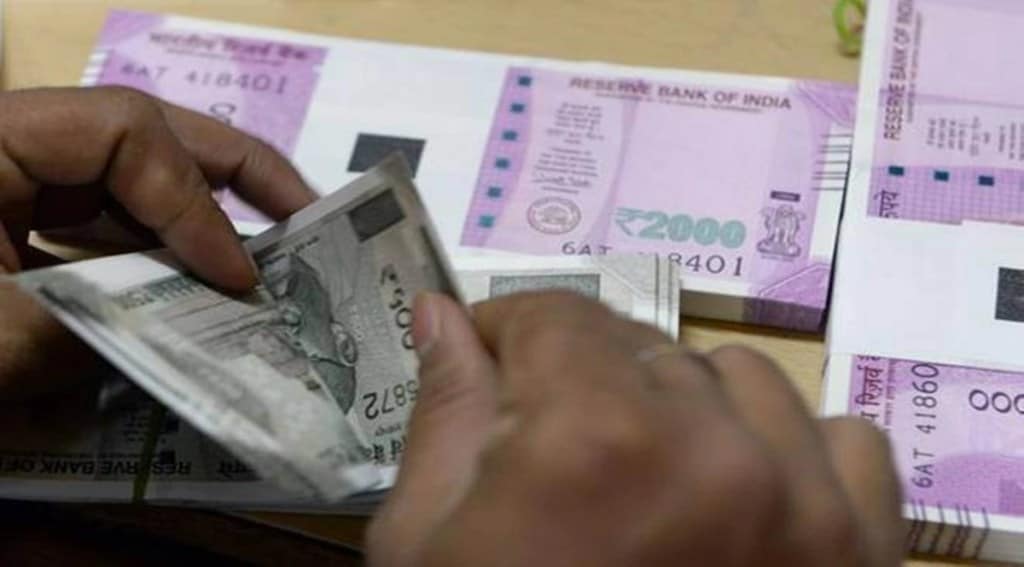The Centre will start releasing the interest-free capex loans to the state governments this month or at the latest in May to ensure the resultant investments by them are evenly spread out during the year to produce a large growth multiplier.
Last year, when this special capex outlay was scaled up by more than six times to Rs 1 trillion, the release of funds started as late as October, owing to the fiduciary conditions and time taken by states to comply with them.
The outlay for the current year is Rs 1.3 trillion, with an untied component of Rs 1 trillion.
In the last financial year, the conditions that states should not contradict any of the central government scheme’s brand names and provide scheme-wise fund utilisation data by integrating their treasuries with the Public Financial Management System (PFMS) hampered the pace of the funds release and actual use.
So, in the revised estimate for FY23, the Centre reduced the outlay by 24% to Rs 76,000 crore for the year. The actual disbursement was `81,2000 crore, 7% higher than FY23RE as many states managed to give utilisation certificates of the first instalment just in time.
“This problem will not be there in the current financial year because all states are now on board, and are in compliance with the fiduciary condition,” a senior official told FE. “That’s why we are starting sanctions from April itself as states have now a pipeline of projects ready.”
However, there are some concerns with regard to states’ ability to accelerate capex from their own resources (other than central assistance) as a third of Rs 1 trillion ‘untied’ capex support in the current fiscal hinges on achieving their individual capex targets for the year. The ‘tied’ Rs 30,000-crore capex support, out of the total of Rs 1.3 trillion, is linked to various conditionalities and reforms in FY24.
The untied funds would be released to states in three equal instalments. The first instalment of 33.3% (Rs 33,300 crore) would be released to each state government on meeting three basic conditions: adhering to branding norms for central schemes, sharing of scheme-wise spending data, and proof of deposit of the Centre’s share of the interest earned in Single Nodal Agency (SNA) account for each scheme.
The second instalment of untied funds would be released on utilisation of at least 75% of the first. The third instalment under this part would be disbursed on utilisation of 75% of the amount released in the first two and on meeting 45% of the total target fixed for capex by each state in FY24.
Accordingly, the states in aggregate would have to invest `6.12 trillion in FY24, excluding capex support given by the Centre and their debt repayments. While the Centre would release the third instalment of untied funds if states achieve 45% of their annual capex target in H1FY24, the amount would be recovered from them in FY25 if they fail to meet the annual investment target by March 2024.
Out of the Budget estimate of Rs 1-trillion capex support to states in FY23, the untied Rs 80,000 crore was linked to just meeting branding norms and integration of their treasuries with PFMS. The conditionality of achieving capex target arrived at keeping the trends in recent years in FY24 is aimed at discouraging states not to substitute their own capex plans with central assistance.


